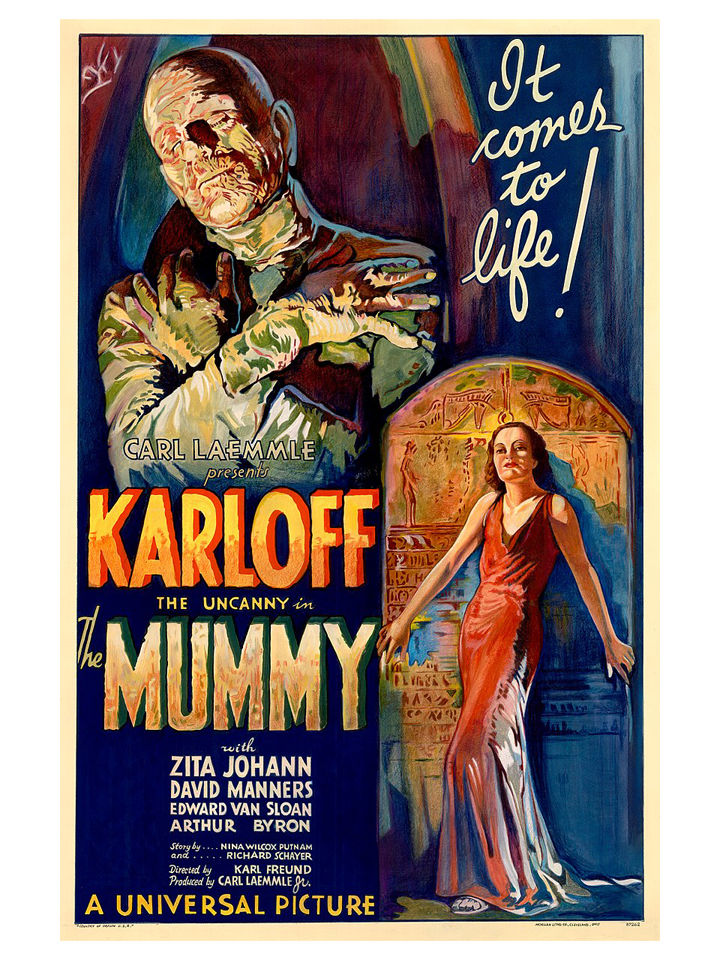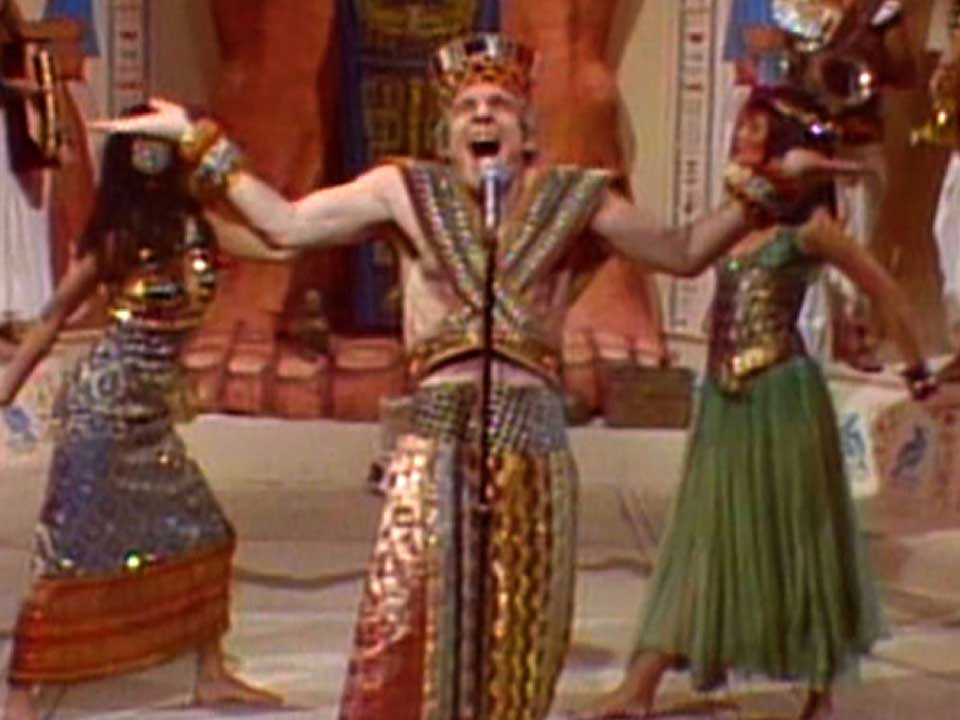Egyptomania in the Modern Day


Today, Egyptomania can still be seen in American architecture like the Washington Monument—modeled after ancient Egyptian obelisks—and in much of our media.
The pop-rock band the Bangles had their first worldwide number-one hit in 1986 with “Walk Like an Egyptian”, the video for which featured the band in sheer fabrics and gold headdresses, dancing in style that mimics Egyptian art. And when the Treasures of Tutankhamun exhibit toured America from 1976 to 1979, the fanatical response was parodied on Saturday Night Live by Steve Martin, singing “King Tut” with his supporting band, the Toot Uncommons.
In film, movies featuring a mummy have been made and remade over and over. The first Hollywood creature feature with a mummy was not The Mummy (1932), but it was one of the most memorable. It led to the creation of movies like The Mummy's Hand (1940) and its sequels, The Mummy's Tomb (1942), The Mummy's Ghost (1944), and The Mummy's Curse (1944), as well as the comedy–horror crossover film, Abbott and Costello Meet the Mummy (1955).
Then, in 1999, the entire series was remade, featuring Brendan Fraiser and Rachel Weisz, and loosely following the original plot. Aside from its sequels, The Mummy Returns and The Mummy: Tomb of the Dragon Emperor, this iteration of the mummy story spawned an animated series, six movies in its spinoff series, The Scorpion King, and rides at three Universal Studios theme parks.
Universal attempted to reboot the series yet again in 2017, but we won’t talk about that.
Ultimately, the most lasting impact of Egyptomania is in the loss and destruction of artifacts and mummies. There was little regulation on the buying and selling of artifacts, and an incredible demand for them. Much of Egypt’s history was scattered across the globe, possibly lost forever.

At-A-Glance
- Egyptomania is still prominent in American media, as evidenced by songs like “Walk Like an Egyptian” and “King Tut”.
- The Mummy (1932) spawned an endless list of sequels and remakes, many of which are still considered cult classics today.
- The legacy of Egyptomania, however, is in the loss and destruction of artifacts and mummies.


